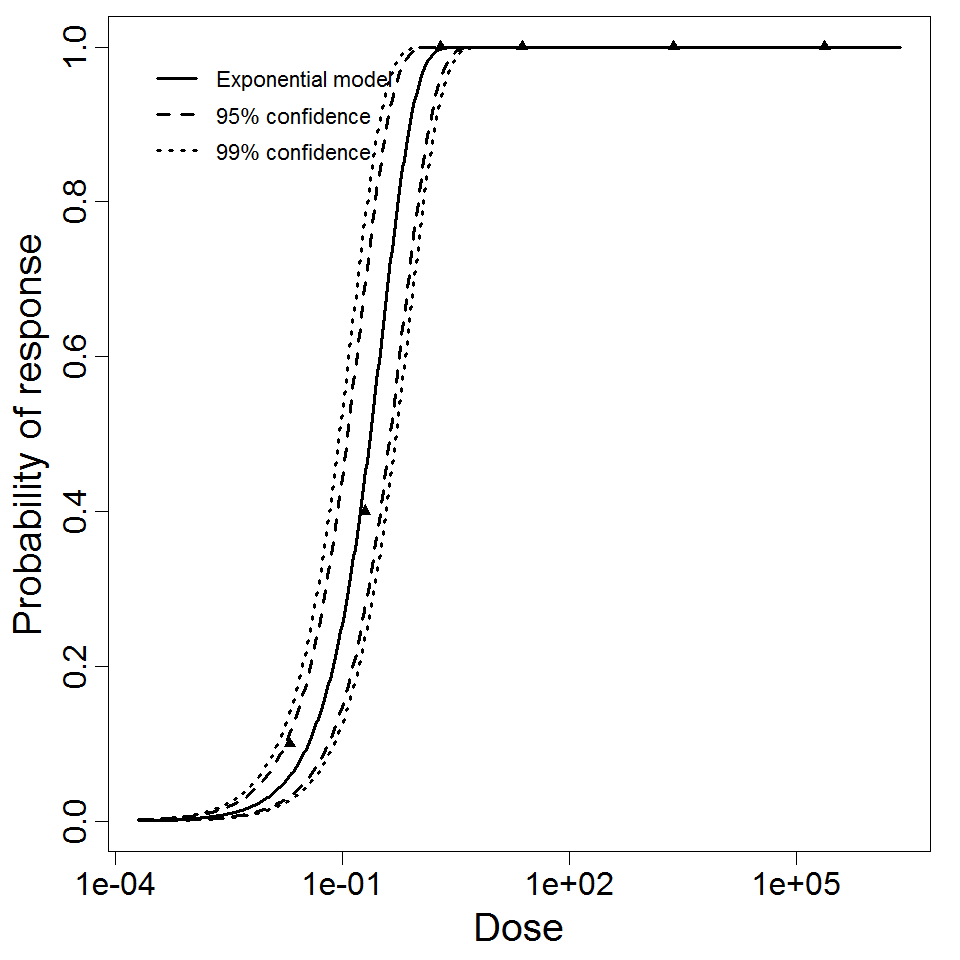General Overview
Lassa virus is an RNA virus belonging to the family of Arenaviridae. As the causative agent of hemorrhagic fever, Lassa virus infects more than 200,000 people per year, causing more than 3,000 deaths with a mortality rate of about 15% among the hospitalized cases. Hemorrhagic fever is highly fatal disease mostly found in West Africa. The disease has an acute phase lasting 1 to 4 weeks, characterized by fever, skin rash with hemorrhages, sore throat, headache, and diarrhea. The U.S. Centers for Disease Control and Prevention have classified Lassa virus as a Category A bioterrorism agent for public health preparedness.
Transmission of Lassa fever by direct person-to-person contact can occur via virus-contaminated blood, pharyngeal secretion, and urine of patients.
Summary Data
Jahrling et al. exposed Hartley guinea pigs (450 to 600g) to Lassa virus via the subcutaneous route. Lassa virus strain Josiah was isolated in 1976 from the serum of a 40-year-old man in Sierra Leone, Africa.
Stephenson et al. exposed Hartley guinea pigs (180 to 300g) to aerosolized Lassa virus strain Josiah of 4.5 μm or less in diameter generated by dynamic aerosol aerators.
A significant difference in LD50 between the inhalation (1.4x104 pfu) and subcutaneous (0.2 pfu) routes has been identified, which suggests a substantial variation of virulence with infection site. This could also be attribute to the difference between out-bred and in-bred origins. The very low LD50 for the subcutaneous route could be due to the uncertainties in dose counting in the original study.
Recommended Model
It is recommended that experiment 13 should be used as the best dose response model. Subcutaneous exposure is more infective than inhalation exposure in this case, so it should receive more attention in terms of emergency preparedness and public intervention.

| ID | # of Doses | Agent Strain | Dose Units | Host type | Μodel | Optimized parameters | Response type | Reference |
|---|---|---|---|---|---|---|---|---|
| 13 | 6 | Josiah strain | PFU | guinea pig | exponential |
k = 2.95E+00 LD50/ID50 = 2.35E-01 |
death | "Pathogenesis of Lassa virus infection in guinea pigs." Infection and Immunity. 37 (1982): 2. |
| 15 | 4 | Josiah strain | PFU | guinea pig | beta-Poisson |
a = 7.94E-02 LD50/ID50 = 1.43E+04 N50 = 1.43E+04 |
death | "Effect of environmental factors on aerosol-induced Lassa virus infection." Journal of medical virology. 14 (1984): 4. |
k = 2.95E+00
LD50/ID50 = 2.35E-01
|
|
||||||||||||||||||||||
|
||||||||||||||||||||||||||||||||||||||

Parameter histogram for exponential model (uncertainty of the parameter)

Exponential model plot, with confidence bounds around optimized model
References
LD50/ID50 = 1.43E+04
N50 = 1.43E+04
|
|
||||||||||||||||||||||
|
||||||||||||||||||||||||||||||

Parameter scatter plot for beta Poisson model ellipses signify the 0.9, 0.95 and 0.99 confidence of the parameters.

beta Poisson model plot, with confidence bounds around optimized model
 QMRA
QMRA